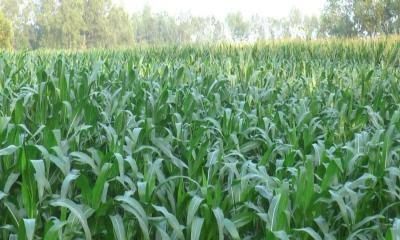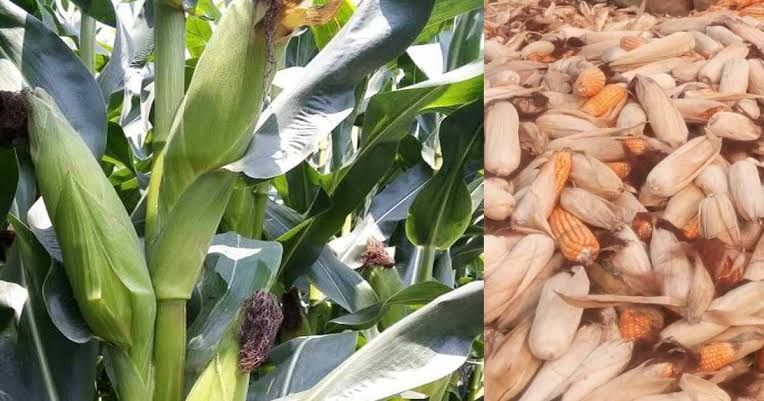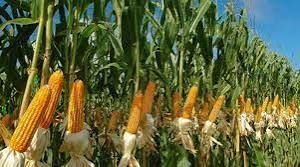Bismillahir Rahmani Rahim.
Assalamu Alaikum Wa Rahmatullahi Wabarkatuhu.
Dear friends, I hope you are all well, I am also very well and healthy by the grace of God. My topic today is corn farming.
Maize Cultivation System and its MarketDiscuss in detail the method of corn cultivation and its market preservation method etc.
Maize Cultivation System and Its Market Preservation
Maize, also known as corn (Zea mays), is a staple crop grown widely across the globe for food, fodder, and industrial purposes. Efficient cultivation methods and proper market preservation techniques are crucial to maximize yield and profitability. This article details the step-by-step maize cultivation process and the methods for preserving its quality in the market.
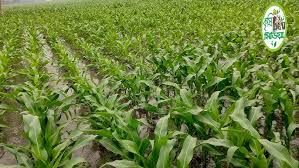
source
Maize Cultivation System
- Site Selection and Soil Preparation
Climate Requirements: Maize thrives in warm climates, with temperatures ranging from 20°C to 30°C. It requires 500–800 mm of rainfall during its growth cycle.
Soil Type: Fertile, well-drained loamy or sandy loam soils with a pH range of 5.5–7.5 are ideal.
Land Preparation:
Plow the field to a depth of 20-25 cm to loosen the soil.
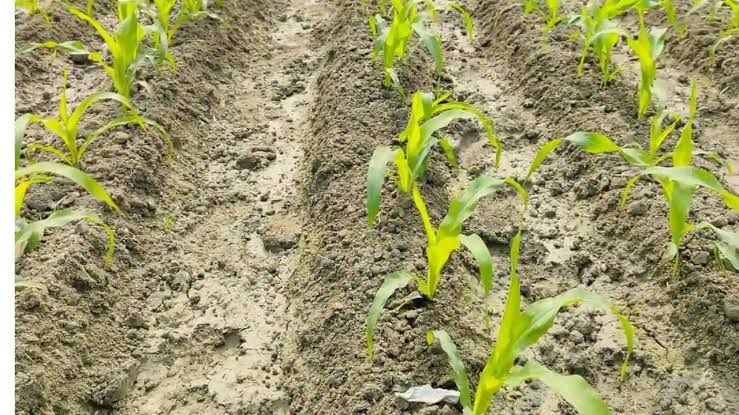
source
Remove weeds and residues to ensure a clean seedbed.
Level the field to improve water distribution.
- Seed Selection
Variety Selection: Choose high-yielding, pest- and disease-resistant hybrids or open-pollinated varieties suitable for the region.
Seed Treatment: Treat seeds with fungicides and insecticides to protect against soil-borne diseases and pests.
- Sowing
Timing: Sowing time depends on the agro-climatic zone, typically during spring or the onset of the rainy season.
Spacing:
Row-to-row: 60–75 cm
Plant-to-plant: 20–25 cm
Depth: Sow seeds at a depth of 3–5 cm.
Methods:
Manual sowing: Broadcasting or dibbling.
Mechanical sowing: Using seed drills for precision.
Fertilizer Application
Apply a basal dose of fertilizers during planting. The recommended nutrient ratio is 120:60:40 kg of NPK (Nitrogen, Phosphorus, Potassium) per hectare.
Split the nitrogen application into three doses: basal, 30 days after sowing (DAS), and at tasseling.Irrigation
Maize is highly sensitive to water stress during flowering and grain filling stages.
Provide 6–8 irrigations depending on soil moisture conditions, ensuring no waterlogging or drought.Weed Management
Apply pre-emergence herbicides (e.g., atrazine) within 2–3 days of sowing.
Manual weeding can be done at 20–30 DAS to control weed growth.Pest and Disease Management
Common Pests: Fall armyworm, stem borers, and aphids.
Diseases: Leaf blight, rust, and downy mildew.
Regularly monitor the crop and apply biopesticides or recommended chemical pesticides as needed.Harvesting
Harvest when the grains are fully mature, indicated by the drying of the husk and hard kernels.
Typically, maize is ready for harvest 90–120 days after sowing.
Use mechanical harvesters for large-scale operations or handpick for small-scale farms.
Market Preservation of Maize
Post-harvest handling is critical to maintaining maize quality and reducing losses. Proper preservation ensures the product remains marketable for longer periods.Drying
Reduce grain moisture content to 12–14% for safe storage.
Use solar drying, mechanical dryers, or spread grains in thin layers under the sun.Cleaning and Grading
Remove impurities like dirt, broken kernels, and foreign materials.
Grade the maize based on size, color, and quality for better market value.Storage
Store maize in a cool, dry, and well-ventilated area.
Use airtight containers or metallic silos to prevent insect infestation and mold growth.
Treat stored grains with inert dusts (e.g., diatomaceous earth) or fumigants (e.g., phosphine) for long-term protection.Packaging
Use jute bags, polypropylene sacks, or vacuum-sealed bags for packaging.
Label packages with details like weight, quality grade, and date of packaging.Transport
Ensure proper handling during transport to avoid damage.
Use moisture-proof and pest-proof containers for long-distance transportation.Marketing
Domestic Market: Sell to local traders, wholesalers, and food processing industries.
Export Market: Adhere to international quality standards and certifications.
Value Addition: Process maize into flour, starch, oil, or animal feed for higher profitability.
Challenges in Maize Cultivation and Market Preservation
Climate Change: Unpredictable weather patterns affect yield.
Pest Infestations: Require constant monitoring and timely intervention.
Storage Losses: Poor storage facilities can lead to significant post-harvest losses.
Market Fluctuations: Prices vary due to supply-demand dynamics, affecting profitability.
Conclusion
Maize cultivation requires meticulous planning, from field preparation to harvesting. Implementing modern farming techniques, timely pest management, and proper market preservation methods ensures high yield and quality. Additionally, integrating value-added products and efficient market strategies can enhance profitability and sustainability for maize farmers.
